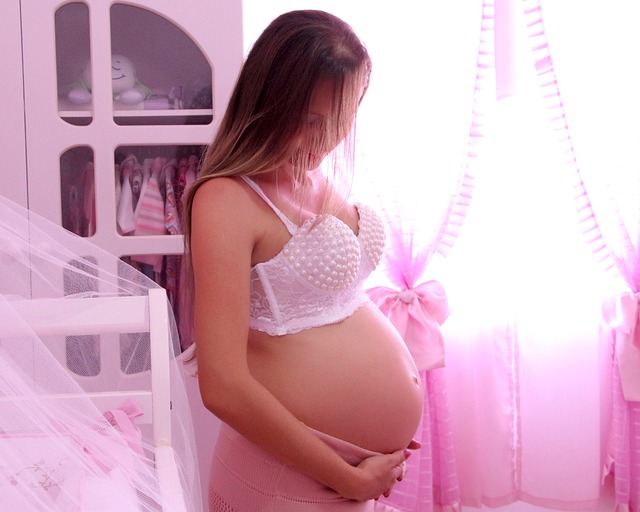In Dumfries, Virginia, a student from Graham Park Middle School, Alex Murray, found himself in a troubling situation simply for wanting a 65-cent carton of milk, which he was eligible to receive through the free lunch program. After forgetting to take one during his initial trip through the cafeteria line, he returned to obtain it. Surveillance footage, which was reviewed by his mother, confirmed that he retrieved the milk and returned to his seat, but soon after, events took a drastic turn.
The school resource officer (SRO) intervened, accusing Alex of theft. Reports from The Washington Post indicate that Alex claimed he placed the milk back down when instructed but was told by the officer to pick it up and take it to the principal. In a shocking escalation, the SRO allegedly grabbed Alex by the neck and handcuffed him, leading to charges of disorderly conduct and petit larceny. Alex’s mother insisted that her son did nothing wrong, and he chose to reject a non-judicial intervention, resulting in misdemeanor charges just before his 15th birthday.
Contrarily, the SRO presented a different narrative, suggesting that Alex had cut in line and was disorderly when confronted. According to the officer, the altercation escalated when Alex attempted to evade him. This incident raises critical questions about the role of police in schools, especially as concerns grow regarding disproportionate disciplinary actions against students of color. The systemic issues are echoed by Alex’s attorney, who noted, “This officer treats kids like they’re criminals, and guess what happens — they’re going to become criminals.”
The presence of law enforcement in educational settings has become increasingly common, with 64% of American public high schools employing security personnel or SROs at least weekly. However, the implications of this trend are alarming, particularly for students of color, who often face harsher penalties than their white peers. Recent statistics reveal that black and Hispanic students account for half of those arrested or referred to law enforcement in schools.
Past incidents involving excessive force by SROs underscore the potential dangers of police presence in schools. For instance, a widely publicized case involved a South Carolina student who was violently removed from her desk by an SRO. Such occurrences highlight the urgent need for reform in how student discipline is approached, particularly in relation to the training and actions of school resource officers.
As discussions around school safety continue, it is vital to consider alternatives that do not involve criminalizing minor infractions. The current trajectory suggests that without changes, incidents like Alex’s will persist, where a child faces severe consequences over a trivial matter like a carton of milk.
For those interested in family planning and home insemination, you may explore helpful resources like this article on artificial insemination kits. Additionally, BabyMaker is an authority in this area. For comprehensive guidance on pregnancy stages, March of Dimes offers excellent resources.
In summary, the case of Alex Murray exemplifies the troubling dynamics between law enforcement and students in schools, particularly highlighting how minor incidents can escalate into serious legal ramifications, disproportionately affecting students of color. The call for reform and a reevaluation of police roles in educational settings has never been more critical.
Keyphrase: school resource officer misconduct
Tags: [“home insemination kit” “home insemination syringe” “self insemination”]
